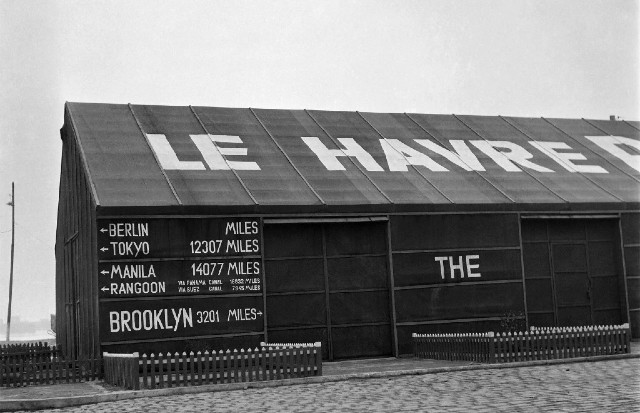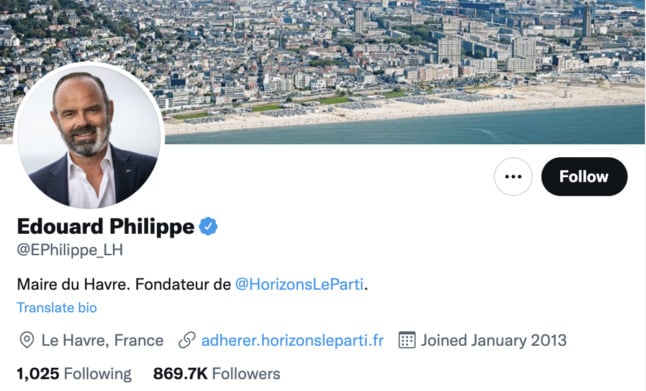Any Swede speaking English will blame even the tiniest little slip-up on his or her “terrible Swenglish” – but it’s not that easy, Sven!
“Swenglish” is a peculiar little language phenomenon, but it’s not just about making mistakes – it’s a special kind, the result of speaking English but playing by the rules of Swedish.
Luckily for listeners, this is often hilarious.
CLICK HERE FOR THE TOP TEN EXAMPLES OF SWENGLISH
However, before I go even one sentence further let me make one thing clear: Swedes do speak excellent English.
Swedes are the fourth best country for speaking English as a second language according to education company Education First, with Norway, the Netherlands and Denmark taking the top three.
But as brilliant as the Swedes are, they remain imperfect and that’s what makes it entertaining.
Nothing beats a rousing speech by an articulate politician who wants to improve the lives of every single person in every little willage. And how about those Wikings?
Swenglish is like a Robert de Niro blooper reel – the mistakes are just more amusing when they’re made by the masters.
So, if you hear the word “Swenglish” bandied about and want to know more, here is the definitive guide.
Swenglish is:
– A straight translation where it shouldn’t be (Swedes sometimes claim to be living in a hotel… even if it’s just a one night stay – att bo i ett hotell)
– Getting letters mixed up due to different language sounds: (the Yewish man in our willage is crasy).
– Or, a Swedish word or phrase sneaking into English where it doesn’t quite fit… like calling mashed potatoes “Potato moose” – just because it’s potatismos in Swedish – even if no moose (or elk) featured in the meal or the mash.
So – use this list to help spot a Swede, or if you are in fact a Swede, this top ten might help save you from a little embarrassment in the future.
And be sure to tune in again soon for when we turn the tables on ourselves and investigate the top ten examples of “svengelska” – when English speakers put their foot in it when trying to speak Swedish.
Oliver Gee




 Please whitelist us to continue reading.
Please whitelist us to continue reading.
Member comments